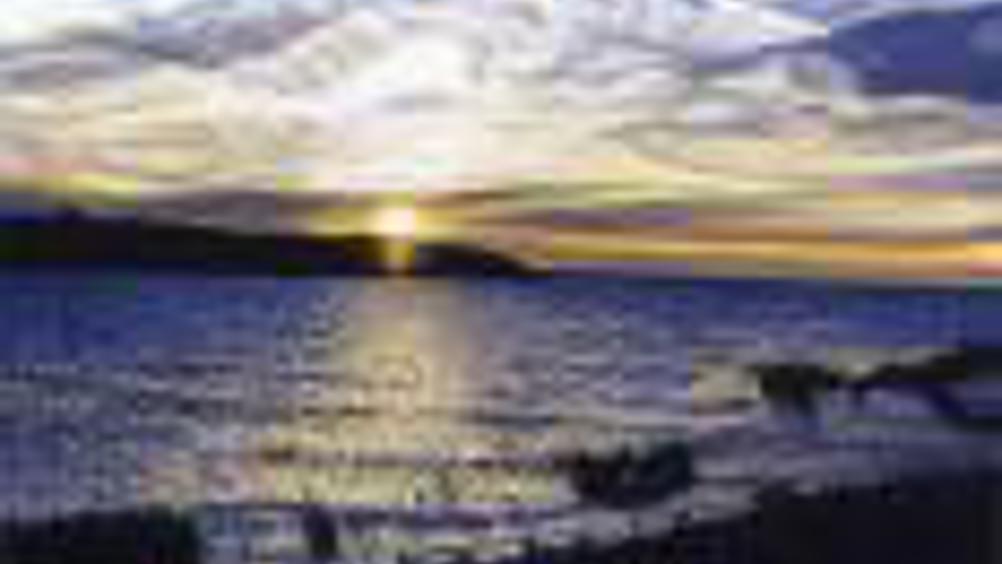Tsunami mapping
Two University of Rhode Island researchers have been awarded an $86,000 to create maps of the East Coast of the US that will identify potential flooding and damage that could occur if a tsunami struck the region.

Two
researchers have been awarded an $86,000 grant from
, one of the world’s largest commercial property insurers, to create maps of the East Coast of the
that will identify potential flooding and damage that could occur if a tsunami struck the region.
Ocean engineering professors Stephan Grilli of Narragansett and Christopher Baxter of
“FEMA [the Federal Emergency Management Agency] has worked on hazard maps for the West Coast and
A tsunami in the
Register now to continue reading
Thanks for visiting The Engineer. You’ve now reached your monthly limit of news stories. Register for free to unlock unlimited access to all of our news coverage, as well as premium content including opinion, in-depth features and special reports.
Benefits of registering
-
In-depth insights and coverage of key emerging trends
-
Unrestricted access to special reports throughout the year
-
Daily technology news delivered straight to your inbox










CCC Report Finds UK Climate Targets Still Within Reach
In 1990 67% of the UK´s electricity came from coal-fired power stations and even without renewables the transition to gas was a major contributor to...